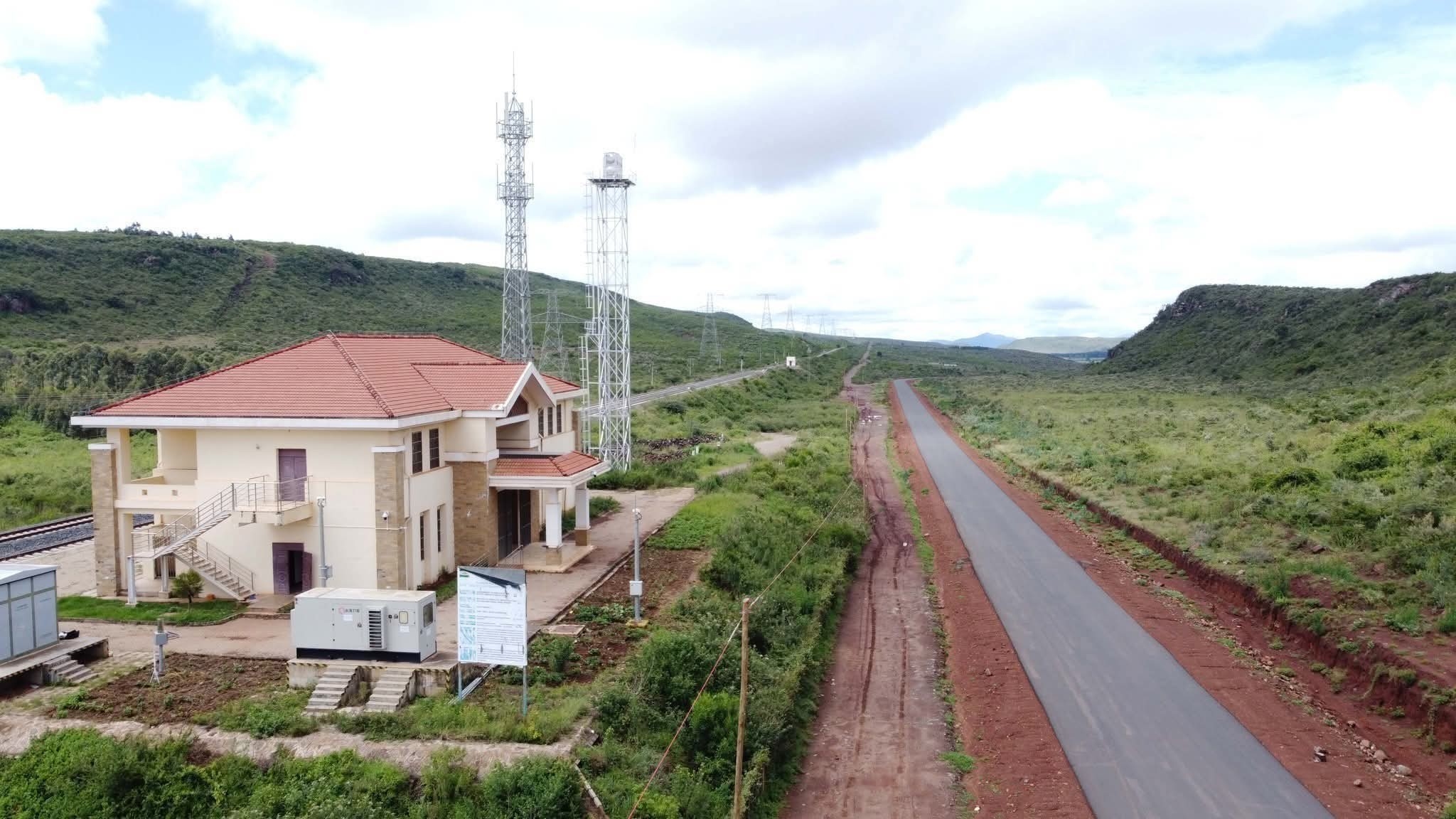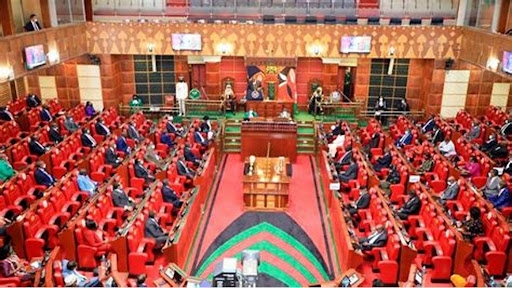Stakeholders in the construction and housing industry have called on mainstream media to avail timely, relevant and accurate data to bridge the existing information gap on affordable housing solutions in the country.
The stakeholders say the move would effectively expand the knowledge, shift attitudes, and motivate the uptake of affordable housing solutions by the public.
A report by Habitat for Humanity International has shown that Edutainment programs, such as Tujenge: Build it Better, a show that aired in local station NTV, can be an effective means to promote safe and affordable home construction practices.
The research, undertaken in partnership with Dalberg Research, evaluated Tujenge’s effectiveness in expanding viewers’ knowledge, shifting attitudes, and motivating the uptake of affordable housing solutions.
According to the new research, viewers of the show were twice as likely to be aware of housing solutions as non-viewers.
Among viewers of the show, 94 per cent changed their perception of the importance of building with affordable materials.
Housing behavior change specialist Wendy Gaitara, these results offer a strong indication of media’s ability to influence behavior by bridging information gaps.
"Both viewers and non-viewers expressed interest in deeper information and feature-specific solutions for housing, including their cost and where to purchase. This interest demonstrates a hunger for information on affordable housing solutions by different actors," said Gaitara.
Between August 2023 and February 2024, a team from Habitat for Humanity and Dalberg Research engaged 520 households in Kisumu, Nairobi, Mombasa, Nakuru, and Uasin Gishu, as well as 31 firms in the housing and media sectors, to evaluate show’s enduring impact on viewers’ behavior, as well as its impact on the organizations and companies that were featured.
Responses varied significantly by age group, with 43 per cent of youth preferring to access affordable housing information through social media, whereas 57 percent of non-youth preferring TV.
“Collaborating with digital content creators on platforms such as YouTube and TikTok would also be valuable for the success of future shows,” the report reads.
According to Habitat for Humanity, leveraging these channels with targeted messaging can effectively promote wider adoption of affordable housing solutions.
The International Commission of Jurists says that Affordable housing stands as a cornerstone in the pursuit of securing both economic and social rights for Kenyan citizens.
Providing reasonably priced dwellings plays a fundamental role in ensuring that all members of society have access to a basic human need – shelter.
The Affordable Housing Programme (AHP) was established in 2017 as a vital component of the ‘Big Four Agenda’.
The plan aimed to provide 500,000 affordable homes for Kenyans in all 47 counties by 2022.
However, the aim was far from met at the end of the 5-year tenure, with an estimated 13,529 units delivered and limited delivery in the social housing category, accounting for less than 3.0 per cent of the projected target.













